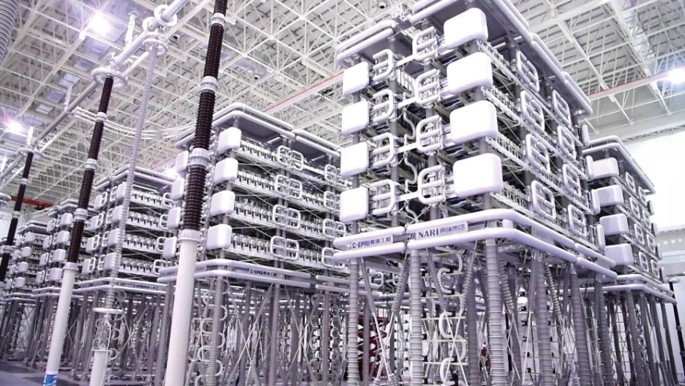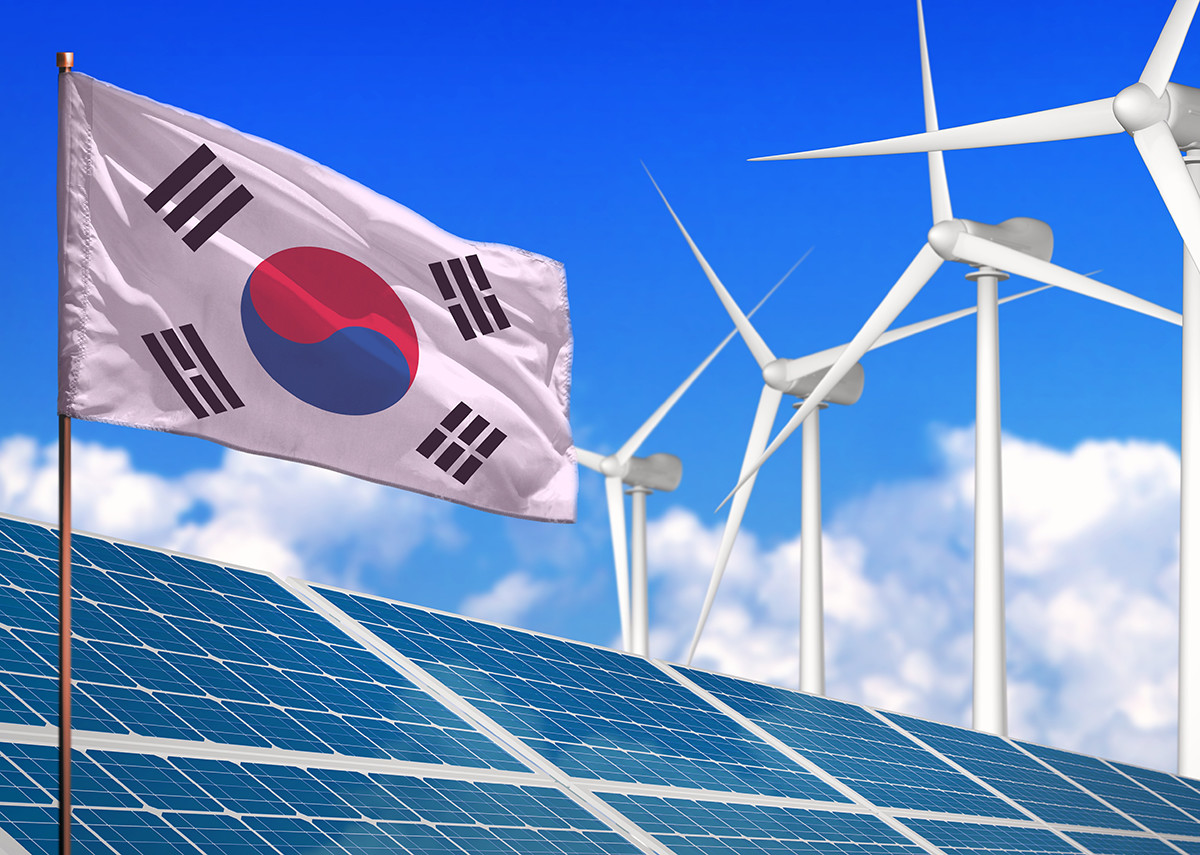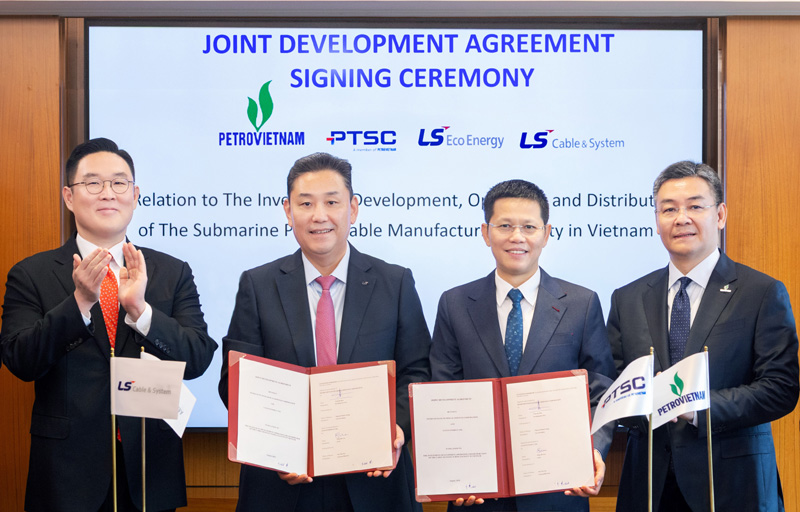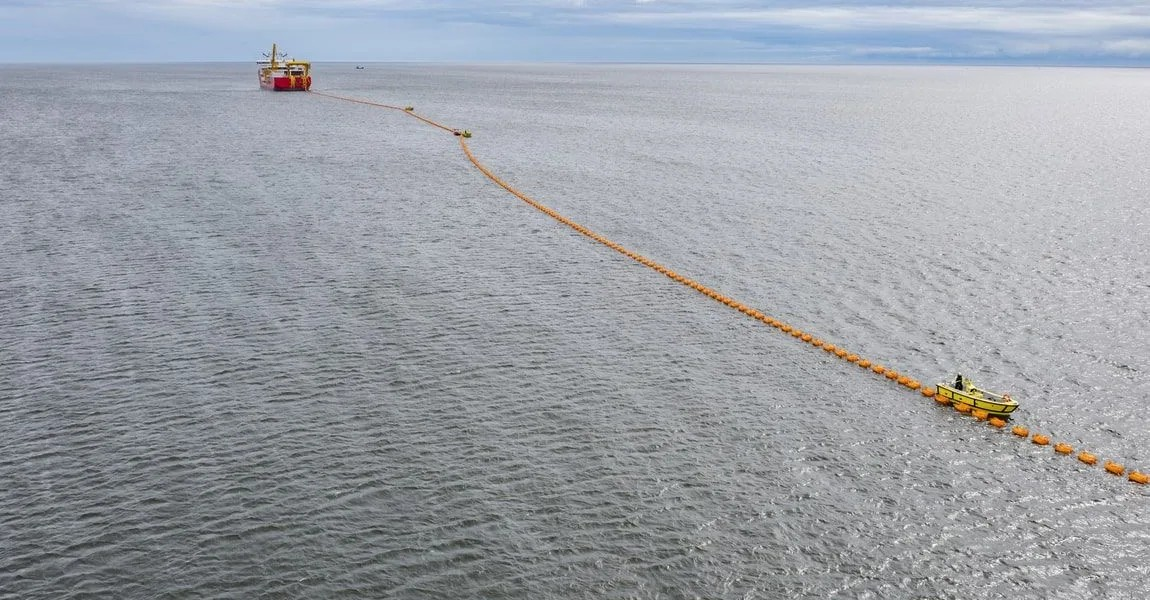World Bank to Finance Turkey's First HVDC Corridor


The World Bank and Clean Technology Fund approved a landmark financing package aimed at modernizing Türkiye’s national grid to integrate large-scale renewable energy, including pioneering high-voltage direct current (HVDC) corridors. The €625 million (US$707.9 million equivalent) loan, along with additional funds from the Clean Technology Fund, is part of Phase 7 of the World Bank’s Renewable Energy Scale-Up Program in Europe and Central Asia (ECARES). This transmission system upgrade will directly enable 1.7 GW in new wind and solar capacity and aligns with Türkiye’s ambitious targets of reaching 120 GW of installed wind and solar capacity by 2035. The program will involve the construction of new high-voltage substations, upgrades to existing transmission lines, expansion of underground cables, and the digitalization of grid management through SCADA/EMS enhancements to address intermittency and stability challenges. At the heart of the plan is the creation of Türkiye’s first HVDC corridors, which will allow the Turkish Electricity Transmission Corporation (TEİAŞ) to manage both domestic inter-regional power flows and cross-border exchanges more efficiently, helping to reduce congestion, minimize losses, and enable cost-effective long-distance transmission of renewable energy.
The investment also includes technical assistance for institutional capacity-building and introduces advanced digital controls to improve overall grid reliability. HVDC integration plays a crucial role in scaling up renewables by enabling asynchronous interconnections and efficient bulk power transfer, a concept already proven in projects such as Türkiye’s Black Sea transmission line and in ongoing feasibility studies for submarine HVDC connections with Egypt. As the renewable share of Türkiye’s power mix grows, HVDC-based solutions will provide vital operational flexibility for both domestic energy balancing and potential electricity exports via interconnectors, especially in the context of regional integration with neighboring grids. Alongside HVDC infrastructure, digitalization measures such as improved SCADA systems, smart grid technologies, and the deployment of energy storage—including battery installations—will be instrumental in managing variability while ensuring stability, reliability, and broader market participation.
The shift also reflects a broader move from government-backed power purchase obligations to more competitive, market-driven transmission approaches that encourage private investment and decentralized generation. Positioned within an ambitious decarbonization agenda—net zero by 2053—these investments could power the equivalent of 70 million homes annually with renewable energy. As such, Türkiye’s HVDC-focused grid modernization not only strengthens its own energy security and competitiveness but also serves as a scalable model for emerging economies across Europe and Central Asia.
Humberto Lopez, World Bank Country Director, emphasized the significance of these developments: “Türkiye has set one of the world’s most ambitious renewable energy targets and at the World Bank we are proud of supporting it. By modernizing the transmission network and scaling up renewables, the country is enhancing its energy security, reducing fossil fuel import dependency, improving its competitiveness, and developing new industries with the potential to create a large number of skilled jobs.”








